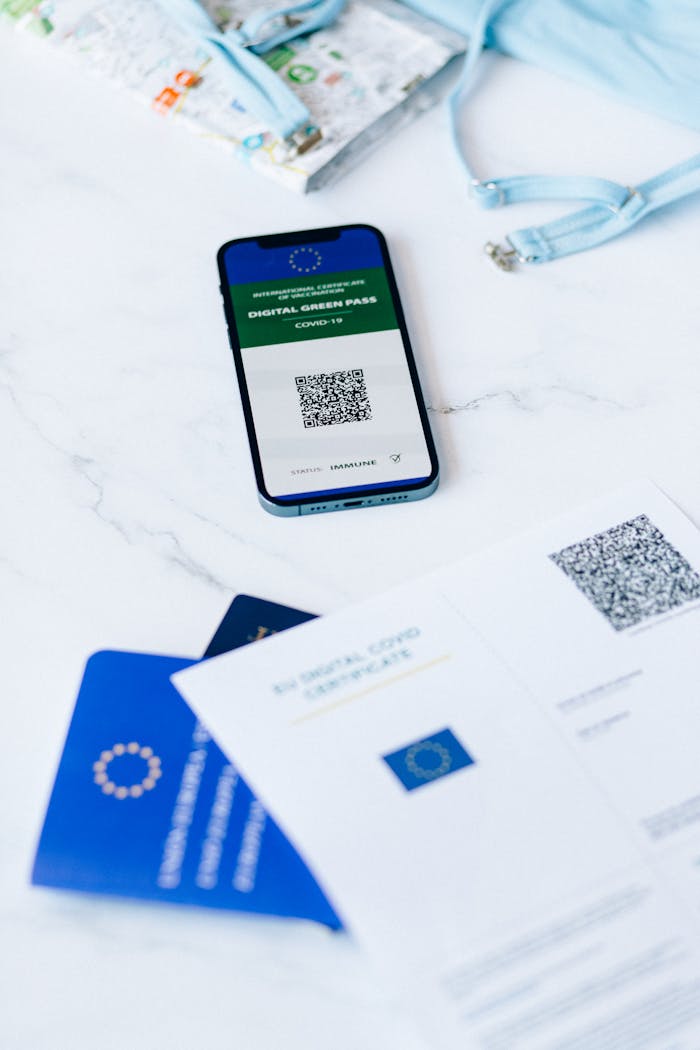Applying for a green card through marriage can seem like a straightforward process — but even small errors can lead to delays, denials, or even deportation risks. USCIS carefully reviews marriage-based applications to ensure the relationship is genuine and that all legal requirements are met.
In this article, we’ll cover the top 5 most common mistakes couples make when applying for a marriage-based green card in 2025 — and how to avoid them.
1. Submitting Incomplete or Inconsistent Documents
The mistake: Missing documents, outdated forms, and mismatched answers between spouses.
Many couples rush through their green card application and forget:
- Tax returns
- Proof of legal entry (I-94)
- Birth or marriage certificates
- Photos, affidavits, and evidence of relationship
Inconsistencies between the I-130, I-485, and answers during interviews raise red flags and can lead to a Request for Evidence (RFE) or outright denial.
How to avoid it:
- Double-check every form and attachment
- Be consistent in dates, names, and facts
- Include a cover letter with a document checklist
2. Providing Weak or Insufficient Relationship Evidence
The mistake: Assuming a marriage certificate alone is enough.
USCIS wants to see proof that your relationship is real, ongoing, and not entered into solely for immigration benefits.
Weak evidence includes:
- Just a few selfies or emails
- No joint financial accounts
- No lease or property in both names
How to avoid it:
- Provide robust documentation: joint bank statements, tax returns, photos with friends and family, lease/mortgage agreements, insurance policies, shared travel records
- Submit affidavits from people who know you as a couple
- Show social media, event invites, holiday cards, and more
3. Lying or Hiding Information
The mistake: Not disclosing past immigration violations, criminal records, or previous marriages.
Some couples try to hide:
- Visa overstays
- Unauthorized employment
- Divorce history
- Prior green card attempts
Any dishonesty is a major red flag and can permanently bar the applicant from future immigration benefits.
How to avoid it:
- Be honest, even about complicated or negative history
- Include certified court records or waivers when needed
- Work with an attorney if your case involves sensitive background issues
4. Assuming Marriage to a U.S. Citizen Guarantees Approval
The mistake: Believing marriage is an automatic path to a green card.
While spouses of U.S. citizens are considered “immediate relatives,” they still must:
- Submit strong evidence of a bona fide relationship
- Be eligible for adjustment of status
- Pass background checks and interviews
USCIS frequently denies marriage-based green card applications for suspicious or weak cases.
How to avoid it:
- Treat the process like a legal application, not a formality
- Get help preparing your case if unsure
- Don’t skip the interview prep — it matters
5. Failing to Prepare for the Green Card Interview
The mistake: Walking into the interview unprepared or giving conflicting answers.
This is your opportunity to show that your relationship is genuine. Couples who:
- Forget key dates (anniversary, proposal, etc.)
- Disagree on details of their life together
- Act nervous or dismissive
…risk being sent for a Stokes interview (separate questioning) or being denied.
How to avoid it:
- Review your forms and timeline together before the interview
- Practice answering typical questions calmly and honestly
- Bring a well-organized binder of evidence and documents
Final Thoughts
Even loving, legitimate couples make mistakes that derail their green card applications. The good news? Most errors are avoidable with proper preparation, honesty, and attention to detail.
If you’re unsure how strong your case is — especially if you’ve had past visa overstays, criminal history, or unusual circumstances — consult a qualified immigration attorney.
Your marriage deserves to be recognized, and a smooth immigration process starts with doing it right the first time.


